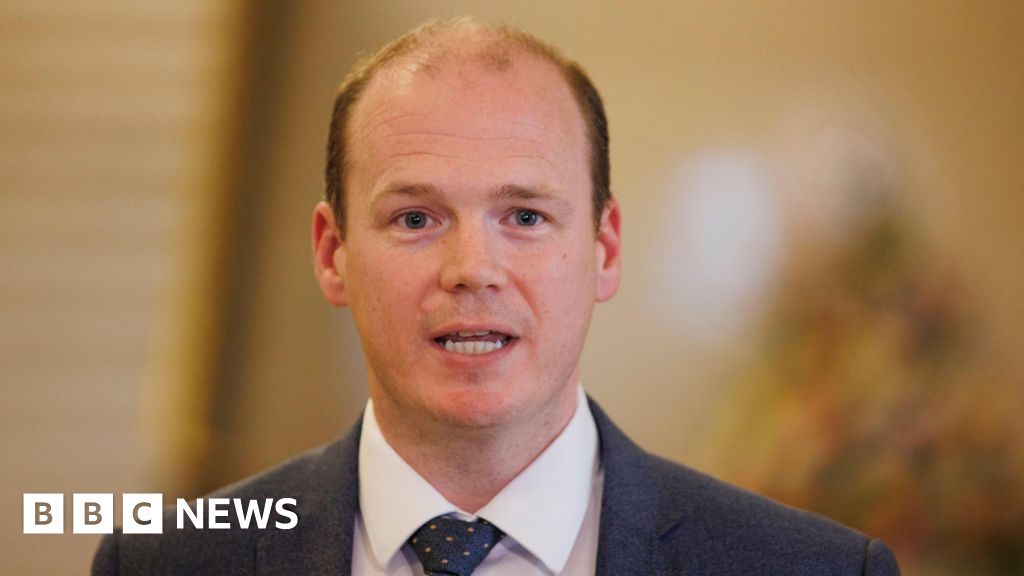For years, many technology companies were focused primarily on rapid growth, but now, inflation and volatile interest rates have forced businesses to rethink what’s sustainable in the long term.
A focus on steady growth does not necessarily mean you’ll stunt success, though. The continued disruption we’re facing is simply forcing a recalibration of what it means to exercise good corporate behavior and fuel long-term success. By shifting the mindset of your teams, closely collaborating with chief revenue officers and optimizing automation technologies, today’s finance leaders can help their organizations thrive even amid uncertainty.
Since the widespread rush to the cloud in 2020, companies now are looking to normalize spending and maximize their current cloud investments. In fact, over half of CFOs cite cost optimization as one of their top concerns in the next six months. The gold standard is not always reducing budget or halting projects but can also be taking advantage of current investments to produce required outcomes.
For example, CFOs should collaborate with IT to determine which SaaS solutions the organization is using and which you can sunset. The speed at which organizations had to digitize at the onset of the pandemic catalyzed a lot of excess spending on tools that are either no longer being used or have been replaced without eliminating the others. Reducing unnecessary costs, but doubling down on investments (both new and existing) that will help in the long term, is one step to growing sustainably.
Collaborate with the CRO
I’ve always believed the chief revenue officer and chief financial officer functions are two sides of the same coin, even though their goals may seem adversarial on paper.
So even though only 29% of CFOs think now is a good time to take risks, finance leaders are not all risk averse. The key is to establish a foundation of risk management and identify which are worth taking in this macroeconomic climate. From there, the two teams can align on initiatives that will propel the company forward, as proven by rigorous data and analysis.
When the CFO and CRO are in lockstep, it’s easier to ensure every function of your business can map its objectives back to overall revenue goals. Without their cooperation, other organizations and departments often get siloed, which impedes decision making and damages future success. It’s the same reason I’ve argued for collaboration between finance and IT: You need all leaders reading from the same playbook, especially in unpredictable situations.
Optimize your tech stack
According to Gartner, 80% of CFOs believe that setting the technology strategy and roadmap for their finance teams is a high priority in 2023. Further, 83% said they can only be ready for economic disruption by having the best technology to support FP&A.
If your finance team still relies on manual spreadsheets for forecasting, it’s time to investigate the ROI on tools that will automate repetitive processes, streamline your workflow and provide advanced predictive analytics to foster agility. While there may be an upfront investment, if you are focused on long-term growth, the benefit will certainly outweigh the operating cost that’s incurred.
Further, the best way to propel long-term success is with good data. When CFOs have the right technology and teams to accurately track the results of certain initiatives, they’re setting themselves up for prudent business decisions and better management. Ultimately, CFOs today have an opportunity to drive sustainable growth within their organizations — and catalyze change that will build longevity.
Credit: Source link











